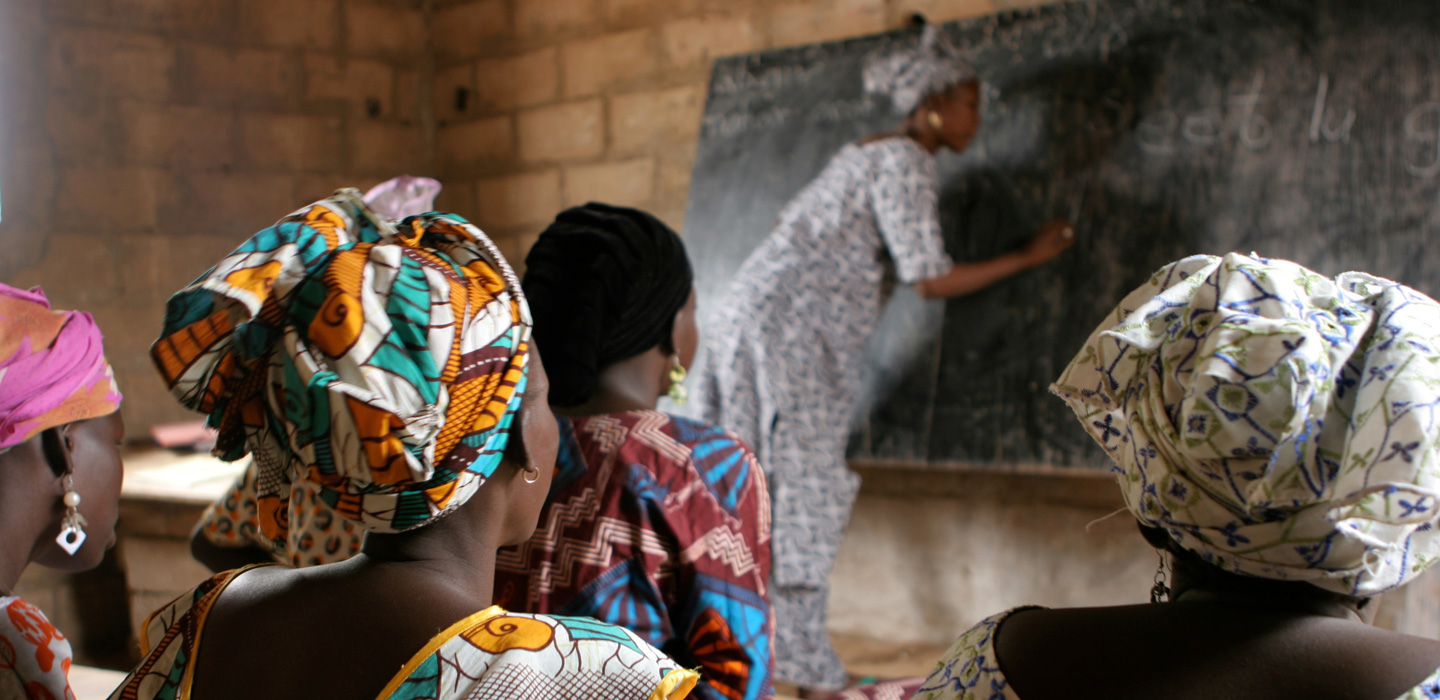Knowledge
Knowledge

Knowledge
Sharing knowledge that transforms rural communities
Search Results Filters
Search Results
Brokering Development - Summary of Rwanda Case Study
June 2015
The aim of this series is to support policy and decision-makers in government, business, donor agencies and farmers’ organisations to build more effective PPPs that bring about positive development outcomes sustainably and at scale.This study focuses on two established PPPs (at Nshili and Mushubi, in Southern province), both facilitated and funded by IFAD
Brokering Development - Summary of Uganda Case Study
June 2015
A case study of the Oil Palm PPP in Kalangala, Uganda. The PPP aimed to establish oil palm production (a new cash crop in Uganda) through private sector-led agro-industrial evelopment on Bugala Island, Lake Victoria.
The study is mainly based on qualitative data collection through semi-structured key informant interviews and focus group discussions, and a document review. Researchers interviewed representatives of the main partners involved.
Project to Support Food Security in the Region of Maradi (PASADEM)
June 2015
The project objective is to improve food and nutrition security of rural people
around 5 centers of economic development (Tessaoua, Tchadoua, Sabon Machi,
Guidan Roumdji and Djirataoua) in 18 communes in the Maradi region.
around 5 centers of economic development (Tessaoua, Tchadoua, Sabon Machi,
Guidan Roumdji and Djirataoua) in 18 communes in the Maradi region.
GEF Niger factsheet
June 2015
The project objective is to improve food and nutrition security of rural people around 5 centers of economic development (Tessaoua, Tchadoua, Sabon Machi, Guidan Roumdji and Djirataoua) in 18 communes in the Maradi region.
Participatory Coastal Zone Restoration and Sustainable Management in the Eastern Province of Post-Tsunami Sri Lanka
June 2015
The project design focuses on overcoming three key barriers to the restoration of coastal ecosystems: i) the gap in technical knowledge for low-cost restoration methods; ii) low priority assigned to environmental issues during the tsunami relief and reconstruction programme; and iii) continuation of ecosystem and land degradation processes.
Enhancing Resilience of Agriculture Sector in Georgia (ERASIG)
June 2015
The project aims to demonstrate the adaptation potential of climate-resilient crop production systems and technologies – especially efficient irrigation technologies and conservation agriculture – combined with the rehabilitation and climateproofing of irrigation schemes and value chain infrastructures (e.g. improved storage and processing facilities, and greenhouses) in ten selected crop value chains.
The state of food insecurity in the world 2015
June 2015
This year´s annual State of Food Insecurity in the World report takes stock of progress made towards achieving the internationally established hunger targets, and reflects on what needs to be done, as we transition to the new post-2015 Sustainable Development Agenda. United Nations member states have made two major commitments to tackle world hunger. The first was at the World Food Summit (WFS), in Rome in 1996, when 182 governments committed “... to eradicate hunger in all countries, with an immediate view to reducing the number of undernourished people to half their present level no later than 2015”. The second
was the formulation of the First Millennium Development Goal (MDG 1), established in 2000 by the United Nations members, which includes among its targets “cutting by half the proportion of people who suffer from hunger by 2015”.
In this report, we review progress made since 1990 for every country and region as well as for the world as a whole. First, the good news: overall, the commitment to halve the percentage of hungry people, that is, to reach the MDG 1c target, has been almost met at the global level. More importantly, 72 of the 129 countries monitored for progress have reached the MDG target, 29 of which have also reached the more ambitious WFS goal by at least halving the number of
undernourished people in their populations.
was the formulation of the First Millennium Development Goal (MDG 1), established in 2000 by the United Nations members, which includes among its targets “cutting by half the proportion of people who suffer from hunger by 2015”.
In this report, we review progress made since 1990 for every country and region as well as for the world as a whole. First, the good news: overall, the commitment to halve the percentage of hungry people, that is, to reach the MDG 1c target, has been almost met at the global level. More importantly, 72 of the 129 countries monitored for progress have reached the MDG target, 29 of which have also reached the more ambitious WFS goal by at least halving the number of
undernourished people in their populations.
Mainstreaming Food Loss Reduction Initiatives for Smallholders in Food-Deficit Areas
June 2015
For the first time, the three Rome-based agencies of the United Nations have joined forces to raise awareness on the importance of food losses and to stimulate change and action in member countries to reduce them.
Achieving zero hunger
June 2015
FAO, IFAD and WFP welcome this global commitment to end poverty, hunger and malnutrition by 2030. Our proposal on how to achieve zero hunger by 2030 is in the context of the proposed Sustainable Development Goal to eliminate hunger and malnutrition by 2030, which, in turn, goes hand-in-hand with the proposed Sustainable Development Goal 1 to eliminate poverty at the same time. With almost 800 million people suffering from hunger and almost four-fifths of the extreme poor living in rural areas, it is necessary to raise agricultural and rural incomes to achieve those two priority Sustainable Development Goals.